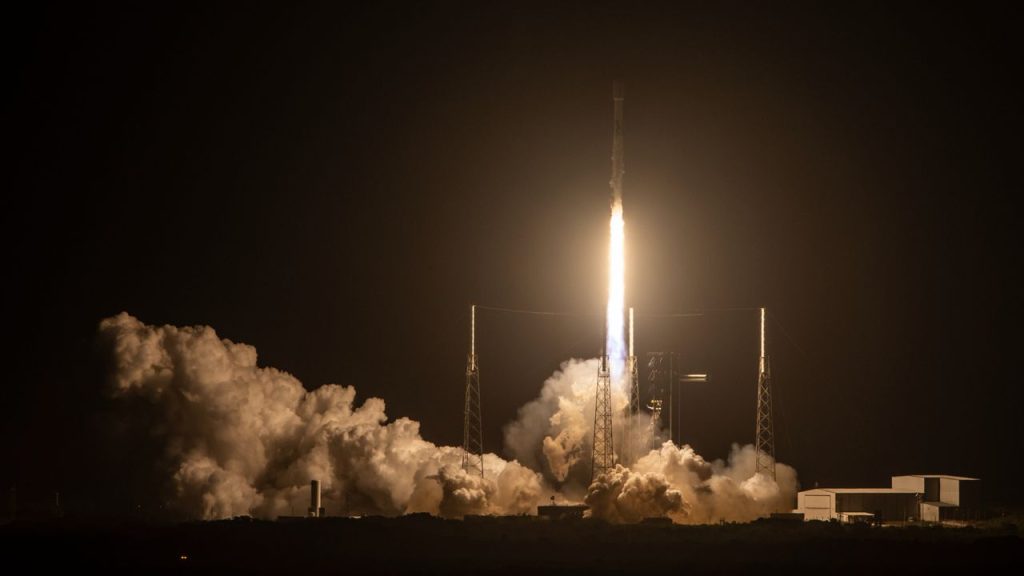Now Reading: Vibrio Bacteria in Beach Waters Pose Serious Health Risk
1
-
01
Vibrio Bacteria in Beach Waters Pose Serious Health Risk
Vibrio Bacteria in Beach Waters Pose Serious Health Risk

Fast Summary
- Context: Vibrio bacteria naturally inhabit coastal environments worldwide but pose significant health risks as pathogenic strains thrive in warm, nutrient-rich waters.
- Spread and Climate Impact: Rising water temperatures due to climate change have expanded Vibrio’s geographic range northward, now reported in areas like the eastern Seaboard of the U.S., alaska, Finland, and beyond.
- Human Risk: Infections can occur via contaminated seafood or exposure to seawater. Severe cases include necrotizing fasciitis and blood poisoning; fatality rates for certain strains exceed 50% in severe cases.
- Economic Costs: The economic burden from Vibrio outbreaks in the U.S. is projected to rise from $2.6 billion annually to $8.6 billion by century’s end.
- Public Health Response Efforts:
– Predictive computer models are being developed globally using environmental data (temperature, salinity) to forecast outbreaks.
– Experimental early-warning systems aim at notifying beachgoers and aquaculture industries about potential risks promptly.
Stay Informed With the Latest & Most Important News
Previous Post
Next Post
Loading Next Post...




























